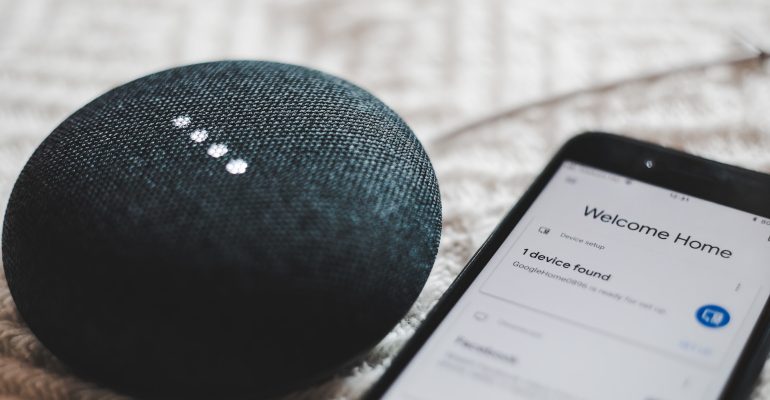IoT Revolution: How Internet of Things is Transforming Industries
The Internet of Things (IoT) is more than just a buzzword; it’s a technological revolution that is transforming the way we live, work, and interact with the world around us. This network of interconnected devices and systems is enabling seamless communication and data exchange, leading to increased efficiency, productivity, and innovation across various industries. In this comprehensive guide, we’ll explore the fascinating world of IoT and its impact on different sectors.
Understanding the Internet of Things (IoT)
The Internet of Things refers to the network of physical objects or “things” embedded with sensors, software, and connectivity that allows them to collect and exchange data. These devices can range from simple everyday objects to complex machines. The key components of IoT are:
1. Devices and Sensors: These are the physical objects equipped with sensors to gather data. Sensors can measure anything from temperature and humidity to motion and light.
2. Connectivity: IoT devices are connected to a network, enabling them to transmit and receive data. This can be through Wi-Fi, cellular, Bluetooth, or other connectivity options.
3. Data Processing and Analytics: The data collected by IoT devices is processed and analyzed to derive meaningful insights. This is crucial for decision-making and process optimization.
4. User Interface and Action: The insights derived from IoT data are presented to users through a user interface. Actions or decisions can then be made based on these insights.
IoT in Various Industries
1. Healthcare
IoT is revolutionizing healthcare with the development of wearable devices and remote patient monitoring systems. These devices can track vital signs, medication adherence, and more, enabling healthcare professionals to provide better care.
2. Smart Homes
IoT has made homes smarter and more efficient. From smart thermostats and lighting systems to security cameras and appliances, IoT enables homeowners to control and automate their homes for enhanced convenience and energy savings.
3. Transportation and Logistics
IoT is optimizing transportation and logistics by providing real-time tracking of vehicles, monitoring cargo conditions, and optimizing routes. This leads to cost savings, reduced fuel consumption, and improved delivery efficiency.
4. Manufacturing (Industry 4.0)
In the manufacturing industry, IoT is a key component of Industry 4.0, facilitating smart factories and automated processes. IoT-enabled machines and sensors enhance production efficiency, predictive maintenance, and supply chain management.
5. Agriculture (AgTech)
IoT is transforming agriculture with precision farming. Farmers can monitor soil conditions, weather forecasts, and crop health in real time, optimizing irrigation, pesticide usage, and overall productivity.
6. Retail
Retailers are using IoT to enhance the customer experience. IoT-powered beacons, smart shelves, and inventory management systems provide personalized shopping experiences and efficient stock management.
7. Energy Management
IoT is aiding in energy conservation by monitoring and optimizing energy usage in buildings and industrial facilities. Smart energy systems help reduce energy wastage and lower operational costs.
Challenges and Considerations
While IoT offers immense potential, it also presents challenges that need to be addressed for widespread adoption:
1. Security Concerns:
IoT devices can be vulnerable to cyber-attacks. Ensuring robust security measures to protect sensitive data is critical.
2. Privacy Issues:
Collecting and sharing vast amounts of data through IoT raises privacy concerns. It’s important to implement policies that respect user privacy.
3. Interoperability:
Different IoT devices may use different protocols, hindering seamless communication. Standardization and interoperability are essential for a cohesive IoT ecosystem.
Future Trends in IoT
1. 5G Technology:
The rollout of 5G networks will significantly enhance IoT capabilities, enabling faster data transmission and lower latency.
2. Edge Computing:
Edge computing will become more prevalent, allowing data processing to occur closer to the source, reducing latency and improving response times.
3. AI and Machine Learning Integration:
The integration of AI and machine learning with IoT will enable smarter data analysis and decision-making, unlocking new possibilities.
4. Blockchain Integration:
Integrating blockchain with IoT can enhance security, trust, and data integrity in IoT networks.
Conclusion
The Internet of Things is rapidly reshaping our world, from the way we manage our homes to how industries operate. Its potential for innovation and transformation is unparallel. However, addressing challenges such as security and privacy is crucial to realizing the full benefits of IoT. As we move forward, embracing the trends and technologies that amplify IoT’s capabilities will be key to a smarter and more connected future. IoT is not just a technological advancement; it’s a paradigm shift that is bringing us closer to a more efficient, sustainable, and intelligent world.



